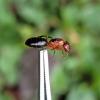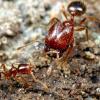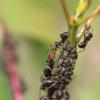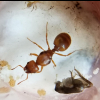Hey, so I live near Denver but I'm on vacation up in the mountains. I found two queens that need to be IDed. Here is the first...
1. Twin Lakes Colorado
2. Date of collection: Aug. 2nd
3. Habitat of collection: Dry desert area kind of, there are pine trees but overall pretty dry.
4. Length (from head to gaster): I'm up in a cabin with no ruler so unfortanately I can't provide this. I will get it when I get home.
5. Color, hue, pattern and texture: The head is black, thorax black, and shiny black gaster with white stripes.
6. Distinguishing characteristics: Very large gaster, also very shiny.
7. Distinguishing behavior: Honestly pretty chill, doesn't mind movement or light too much...
8. Nest description: I found this queen under a rock.
9. Nuptial flight time and date: IDK about the flight, this queen was a dealate. I found it around 10:30 AM.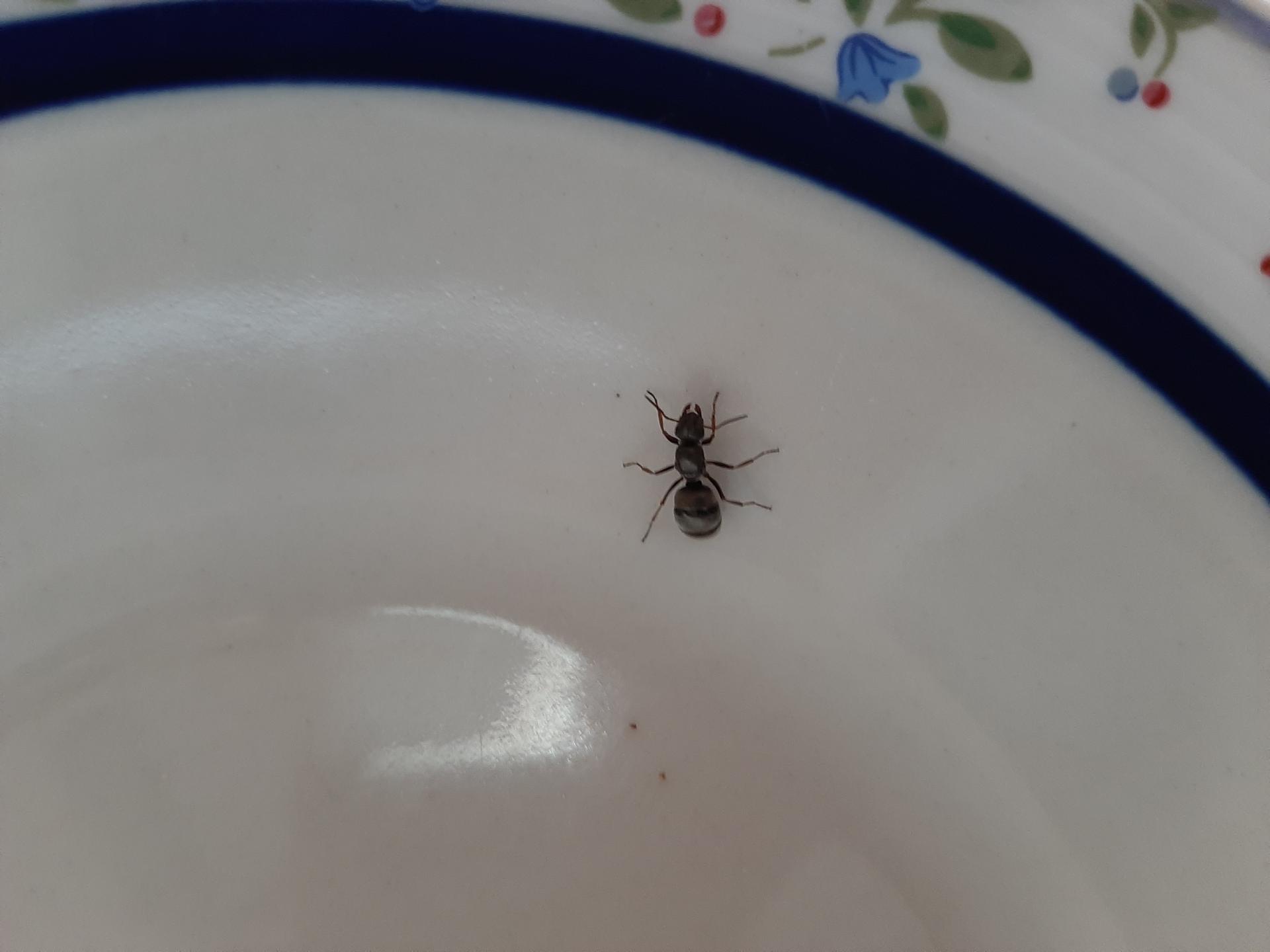
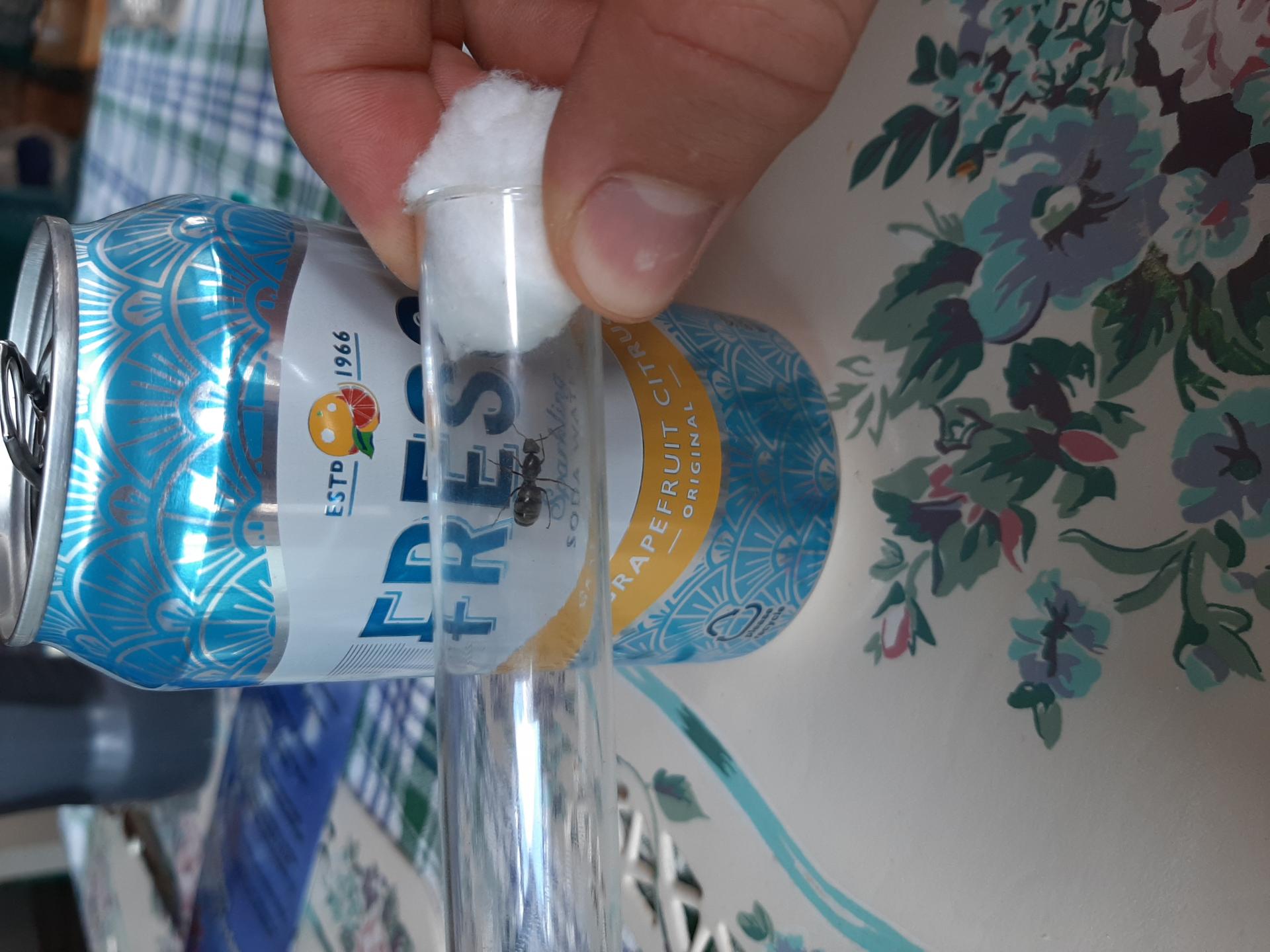 Maybe the Fresca can will help for size reference?
Maybe the Fresca can will help for size reference?
Edited by Devi, August 2 2020 - 8:06 PM.


